The Orlando mass murderer was "full of hate," President Obama says. But lots of Americans are consumed by hate, so what makes one hater unleash violence on hundreds of innocent people in a gay nightclub?
The science of hate is complicated, and there's not a single definitive answer.
But psychologists, psychiatrists and sociologists think American culture is more permeated than ever by hate and hateful expression, and hate-inspired violence is more prevalent.
"We're seeing more of these kinds of mass attacks than in the past and it's usually not for just one reason, it's multi-dimensional," says Abby Ferber, a professor of sociology at the University of Colorado, Colorado Springs , who studies hate groups and has written about hate crime in America. "Psychological factors might be one factor but there are other cultural and sociological factors."
"Anger is always there because it’s a human emotion," says Liza Gold, a psychiatrist and professor of psychiatry at Georgetown University 's medical school inWashington, D.C . "The issue is acting on it."
In fact, she says, most people filled with hate do not act on it. "They just quietly stew," she says. "There is interest in the psychology of people who commit violence but we have not yet identified the brain chemical that makes (science) say, 'This person has too much of neurochemical A.'"
We're talking about this, again, because of the deaths of 49 people enjoying Latino Night at Orlando's Pulse nightclub early Sunday, who were killed by a man using an assault-style weapon before he died in a shootout with police.
The inevitable debate that followed has devolved into a search for blame, stirring up a poisonous goulash of arguments over partisan politics, mental illness, gun control, Islamic bigotry and terrorism. But at the core of it all? Hate.
"Our culture is much angrier, much more hate-filled than ever before, and our politics this year exemplifies that," says Ferber. "It's much more acceptable to express anger and act on it, and with access to the Internet, (haters) can find support and applause for their feelings."
Hate usually comes from "a deeply insecure place" in the human personality, says Harold Koplewicz, a leading child and adolescent psychiatrist and president of the Child Mind Institute in New York.
Hate, he says, can be a symptom of personality disorder most often found among young men in their 20s, an age when the brain's prefrontal cortex may not be completely developed. Such young men have higher suicide rates, he says. They tend to take risks rather than assess costs. They may be cut off from their families, unsuccessful at work or in school, and angry about it all.
"There is a certain percentage of young adults who feel alienated, who grab hold of a group of haters and say 'I am part of that group,' " Koplewicz says. "Haters like company — it makes them feel better, it justifies their hate. Haters rarely hate alone; they encourage others to hate along with them, they want peer validation."
Haters usually are people who feel victimized in some way, says Ferber. They feel their culture, religion or lifestyle are threatened. They feel anxious about their masculinity (most recent mass shootings were committed by males). They feel threatened by visible cultural change, such as growing acceptance of gay people. They feel victimized by economic insecurity.
What's different now, says Gold, is haters' ability to connect with others who share their views.
"Before social media, people had to work harder to find each other, now they don't," Gold says. "It's much easier to hold a bizarre idea if you see all these other people believe it, too. There is a mob psychology to this: Social media provides the crowd or the mob, and also validates your belief."
Can hate-turned-to-violence be predicted through brain science and thus prevented? Not yet. The human brain is not entirely known territory to neuroscientists.
Science has mapped anger and aggression and emotion to specific anatomic areas of the brain and biological processes, "but the way we identify these pathways is not sufficient (to indicate) who is going to be criminally violent as opposed to someone who is (merely) emotionally angry or passionate," says Jeffrey Lieberman, chairman of psychiatry at Columbia University 's College of Physicians and Surgeons, who has studied mass murderers.
Neuroscientists have made progress in understanding more about brain function through brain imagery but there's still a ways to go in understanding hate and violent anger, says Cameron Craddock, an engineer and director of imaging for the Center for the Developing Brain at the Child Mind Institute.
"We have not yet figured out what parts or structures of the brain are different in people who have a psychiatric disorder," says Craddock. Moreover, "hate is a brain function, so you can’t see it in the brain when the brain is not functioning" due to death.
In one brain-scan experiment, people were asked to look at pictures of people they hate and pictures of people they don't hate, to see which areas of the brain were engaged. But looking at pictures and acting on hatred are not the same thing, nor is the response in the brain consistent for all people, he says.
"The problem is there are subtle differences between looking at an image and having hateful feelings at the moment," he says. "There's a lot of research going into being able to 'fingerprint' somebody based on brain activity, to come up with important factors such as do they have a disease or a susceptibility to a certain disease, or even personality traits." But it's not possible yet, he says.
What is possible? Ferber thinks better and more affordable mental-health care would help, but she says the culture has to change dramatically, especially in traditional notions of masculinity and attitudes toward seeking help for mental-health issues.
"There has to be a public campaign to try to change the image of therapy for men," she says. " 'Real' men sometimes need therapy... We have to broaden what it means to be men, of what it means to be more inclusive."
It may be the Orlando killer was motivated by hatred of gay people. Or rage about the state of his life. He might have been inspired by ISIS terrorism. He might have been mentally ill. More likely, it's a mix of all of the above.
"It's very hard to disentangle people’s motives — it's a strange, extremely mixed picture" of what we know so far, says Mark Potok, senior fellow at the Southern Poverty Law Center , which has been monitoring American hate groups for decades.
Simply writing off the shooting and the shooter as insane or "evil," which is already happening in Orlando, is not enough, Potok says. "It's an abandonment of any attempt to explain motivations."
Besides, he says, not every hate-filled mass murderer is or was mentally ill — domestic terrorist Timothy McVeigh , for instance, was not. He blew up a federal building in Oklahoma City in 1995, killing 168 people in an act he methodically planned and executed, because he hated the government and thought bombing it would bring it down.
"McVeigh never showed any signs of mental illness, but he was mistaken in thinking he could start a war against government."
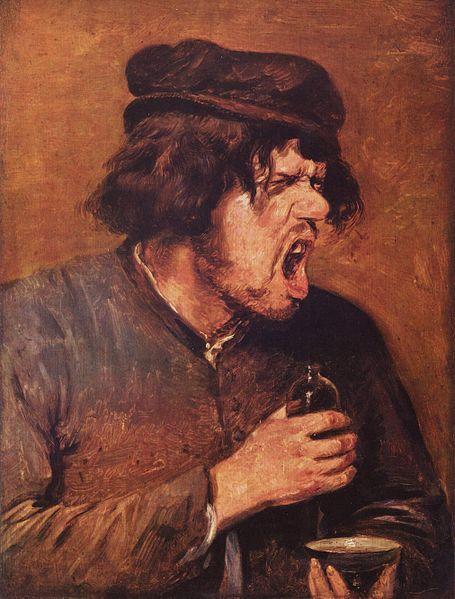
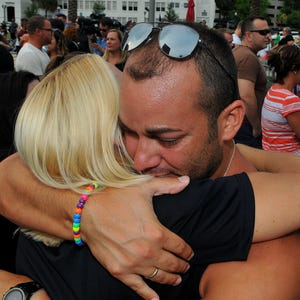
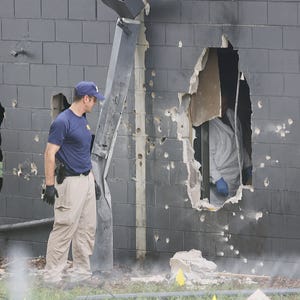
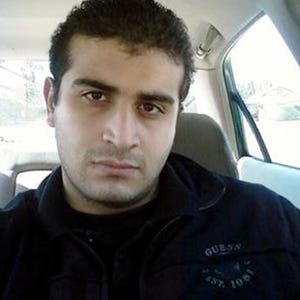
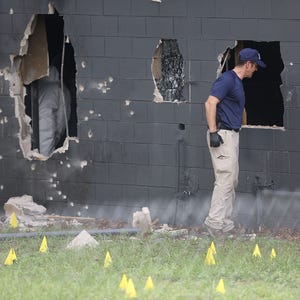
No comments:
Post a Comment